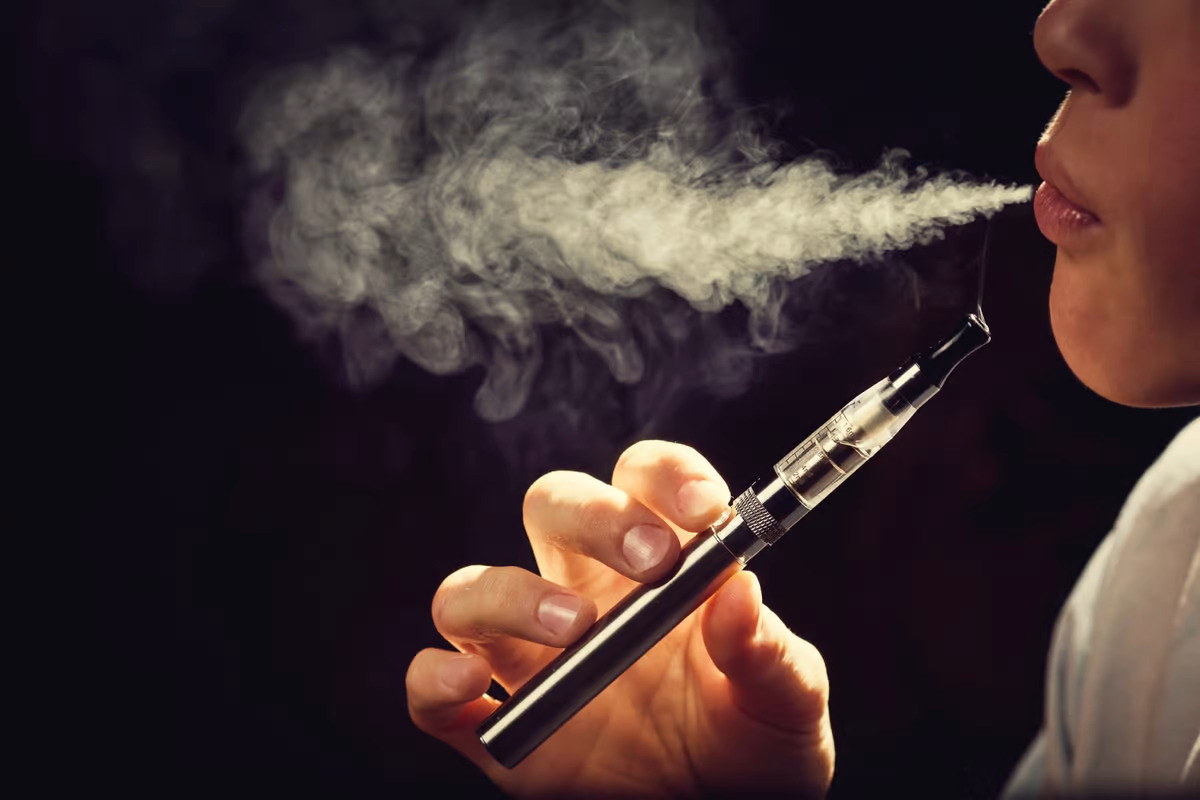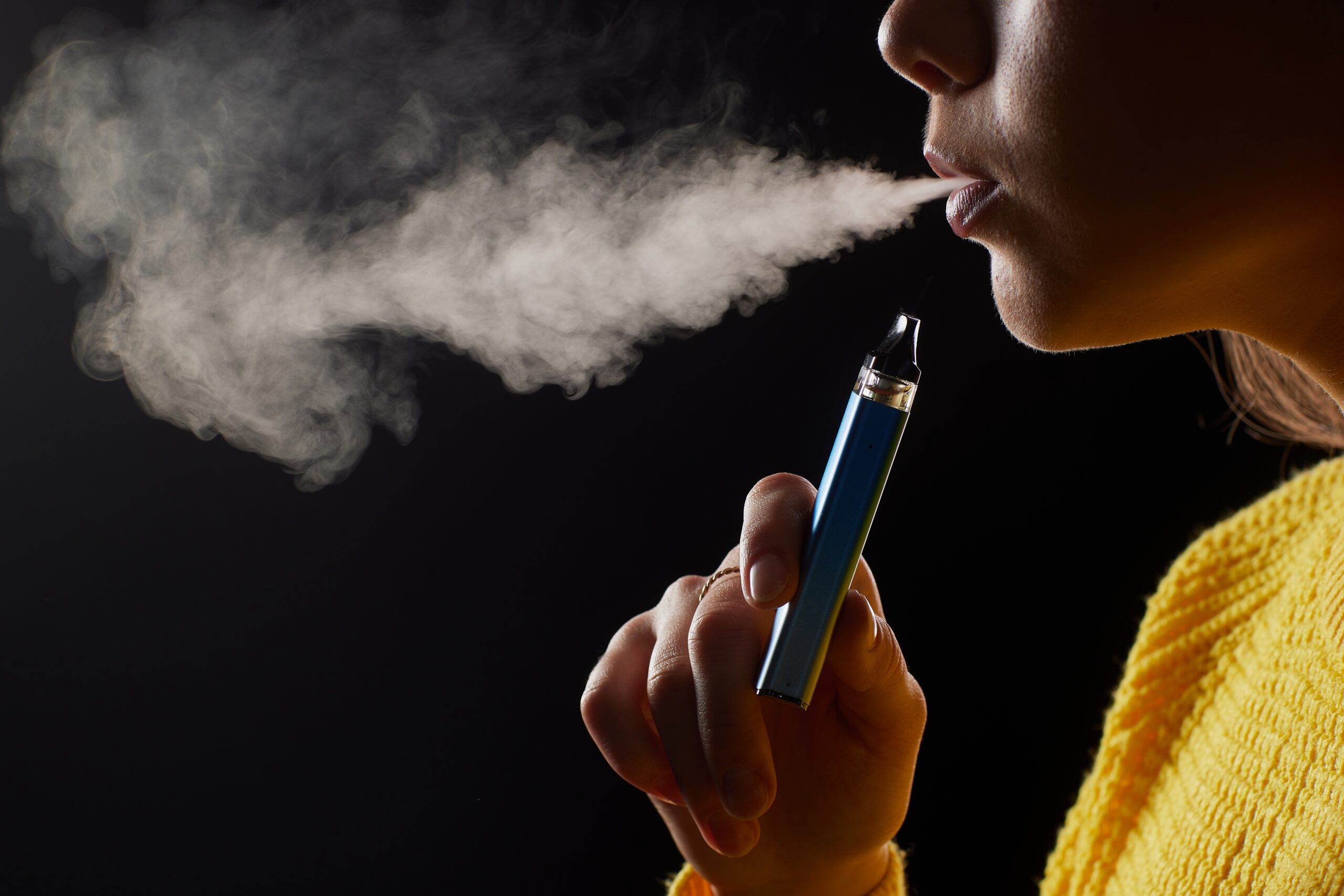Vaping harms young people’s lungs as much as smoking, according to new research, sparking renewed debate over the health risks of e-cigarettes.
The study compared vapers and smokers in a demanding exercise test and revealed that both groups were less fit and significantly more breathless than individuals who neither smoked nor vaped.
Dr. Azmy Faisal and his team at Manchester Metropolitan University conducted the research by examining the lung capacity of 60 people in their 20s using a stationary exercise bike.
The participants were divided into three groups: 20 non-smokers, 20 who had vaped for at least two years, and 20 who had smoked for at least two years.
The vapers demonstrated an average “peak exercise capacity” of 186 watts, comparable to the smokers at 182 watts, but much lower than the non-smokers, who averaged 226 watts. This test measures the maximum physical effort a person can achieve.
In addition, both vapers and smokers had reduced oxygen intake levels—2.7 liters and 2.6 liters per minute, respectively—compared to 3 liters per minute for non-smokers.
“The study adds to the growing evidence that long-term vaping is harmful and challenges the perception that vaping might be a healthier alternative to smoking,” Faisal and his co-authors explained, presenting the findings on Sunday at the European Respiratory Society (ERS) conference in Vienna.
Both vapers and smokers showed indications that their blood vessels were functioning less effectively than those in the non-smoking, non-vaping group, based on blood tests and ultrasound scans.

Further, the study found that vapers and smokers experienced greater breathlessness, leg fatigue, and higher levels of lactate in their blood—a marker of muscle fatigue—even before they reached their maximum exercise capacity.
In recent years, the number of adults using vapes in Britain has steadily risen from 4.2% in 2014 to 11%, with many smokers turning to vaping as a method to quit smoking.
However, the increase has been even more dramatic among 11- to 17-year-olds, climbing from 1.3% to 7.6% over the same period.
Medical research has linked vaping to increased cancer risk due to DNA changes and potential harm to the brain and other vital organs, as e-cigarette aerosols and liquids can contain trace amounts of toxic metals like lead and uranium.
Dr. Filippos Filippidis, chair of the ERS tobacco control committee and public health expert at Imperial College London, warned: “Vapes are being sold cheaply in a variety of flavors specifically targeting young people.”
“As a result, we are seeing more young individuals take up the habit without fully understanding the long-term health consequences,” he continued.
Filippidis emphasized that both doctors and policymakers must be aware of the dangers of vaping, urging increased efforts to help children and young people either avoid or quit vaping altogether.
In response, the government has committed to using its forthcoming tobacco and vapes bill to curb the “irresponsible” marketing of vapes to children while gradually working toward eliminating smoking.
